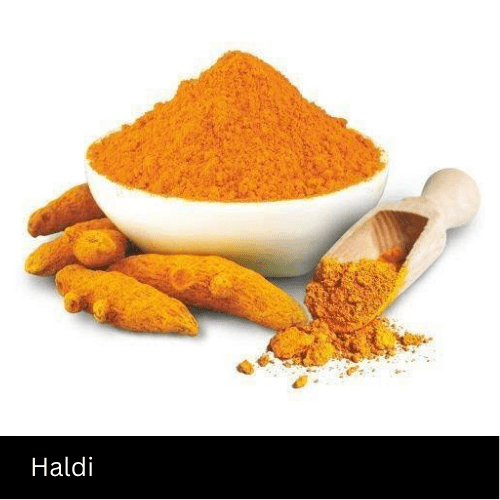Turmeric is known for its bright yellow color and its distinctive flavor, which is described as earthy and slightly bitter. It is commonly used as a seasoning for curries, stews, and rice dishes, as well as in pickles, chutneys, and spice blends.
In addition to its culinary uses, turmeric has a long history of use in traditional medicine. It has been used to treat a variety of ailments, including digestive disorders, inflammation, and infections. The active ingredient in turmeric is a compound called curcumin, which has been shown to have antioxidant and anti-inflammatory properties.
Recent studies have also suggested that curcumin may have a range of health benefits, including the potential to help prevent and treat certain types of cancer, reduce inflammation and oxidative stress, improve brain function, and support heart health. However, more research is needed to fully understand the effects of curcumin on human health.
Overall, turmeric is a versatile and flavorful spice with a rich cultural history and potential health benefits. It is widely available in spice shops and grocery stores, and can be used in a variety of dishes to add flavor and color.
- Curcuma longa (the scientific name of the plant)
- Yellow ginger
- Indian saffron
- Jiang Huang (in traditional Chinese medicine)
- Kacha haldi (in Hindi)
- Manjal (in Tamil)
- Haridra (in Sanskrit)
- Halud (in Bengali)
- Kunyit (in Indonesian/Malay)
- Ukpo (in Igbo, a language spoken in Nigeria)
- Zard chobeh (in Persian)
In addition to Curcuma longa, there are other types of turmeric that are less commonly used. These include:
- Curcuma aromatica (also known as wild turmeric or Kasturi haldi), which has a more musky aroma and is sometimes used in perfumes and cosmetics
- Curcuma zedoaria (also known as white turmeric or zedoary), which has a milder flavor and is sometimes used in traditional medicine
- Curcuma xanthorrhiza (also known as Javanese turmeric), which is native to Indonesia and has a slightly bitter taste
Overall, the type of turmeric/haldi used can vary depending on the recipe or application. However, Curcuma longa is the most commonly used variety and is what most people are referring to when they talk about turmeric.

Name of Turmeric / Haldi
The most common and widely used name for turmeric is “turmeric” itself. In India and South Asia, it is also known as “haldi” in Hindi, “manjal” in Tamil, “halud” in Bengali, and “haridra” in Sanskrit. In other parts of the world, turmeric may be referred to by different names, such as “Indian saffron,” “yellow ginger,” or simply “curcumin,” which is the active ingredient in turmeric.
Name of Turmeric / Haldi
In Indian cuisine, turmeric is often used in combination with other spices like cumin, coriander, and ginger to create complex and flavorful dishes. It is commonly used in curries, rice dishes, and vegetable preparations. In Western cuisine, turmeric is often used to add color and flavor to dishes like soups, stews, and roasted vegetables.
Overall, turmeric has a unique flavor that is versatile and adaptable to a wide range of cuisines and cooking styles.
Chemicals found in Turmeric / Haldi
In addition to curcumin, turmeric contains a variety of other compounds, including:
- Turmerones: These are essential oils found in turmeric that have anti-inflammatory and antioxidant properties.
- Ar-turmerone: This is a type of turmerone that has been shown to have potential neuroprotective effects.
- Gingerols: These are compounds found in small amounts in turmeric that are also found in ginger. They have anti-inflammatory and antioxidant properties.
- Beta-carotene: This is a type of carotenoid that gives turmeric its yellow-orange color and is a precursor to vitamin A.
- Manganese: Turmeric is a good source of manganese, which is an essential mineral that plays a role in bone health and metabolism.
Overall, turmeric contains a variety of natural compounds that may have potential health benefits, including anti-inflammatory, antioxidant, and neuroprotective effects. However, more research is needed to fully understand the effects of these compounds on human health.

